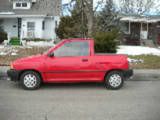Pu241...I just say what I know. Not trying to come across as anything, let alone a know it all. I think a run down would be good, I'll try to write something up by the weekend and PM it to for your opinion if you'd like.
Let me know.
Let me know.




Comment